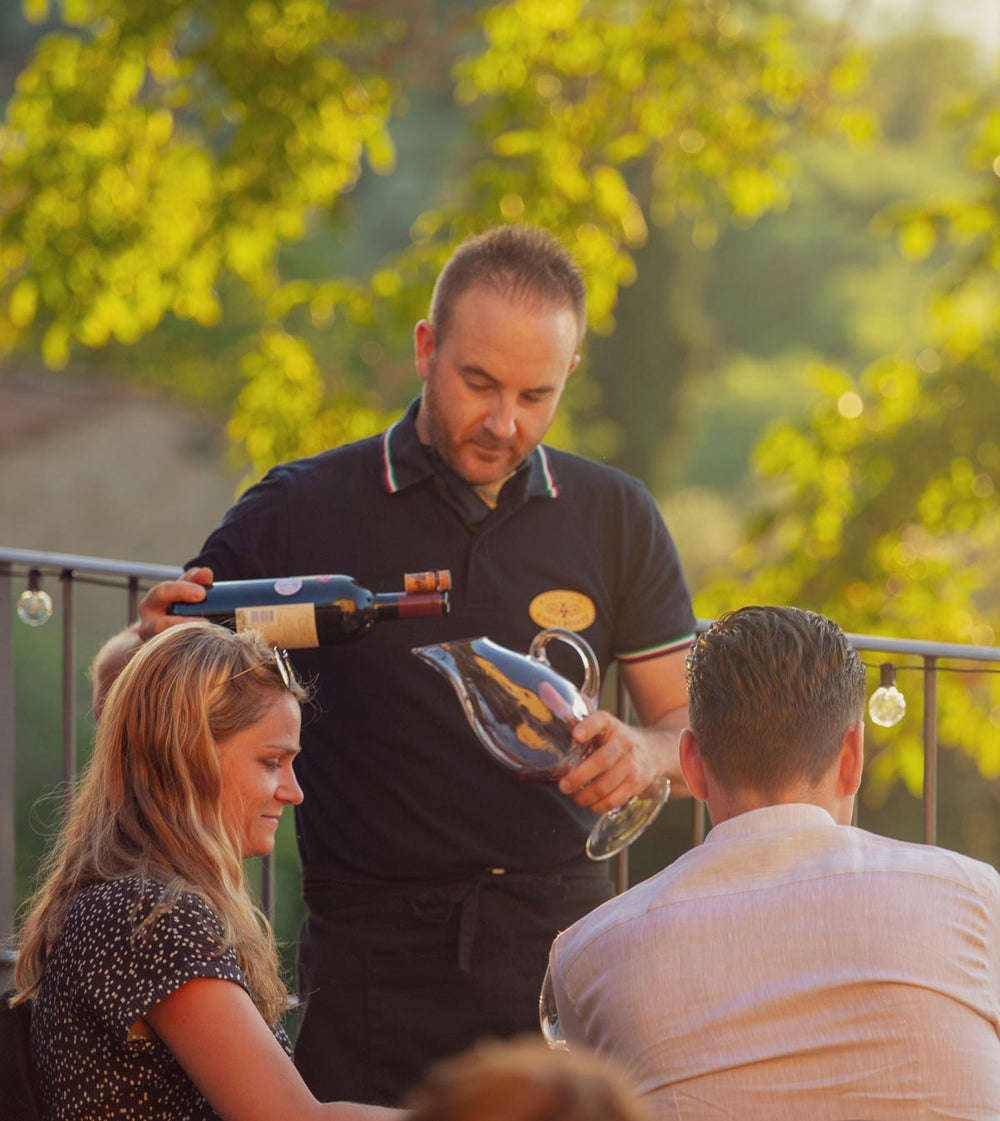The history of Supertuscan is born from the evolution of Chianti wine.
As a matter of fact, for the production of Chianti is written a very clear production disciplinary which provided for at least 70% of Sangiovese and for the remaining 30% could be used complementary grapes, such as Canaiolo, Aleatico etc.. In this 30% could be included local white berried grapes, up to a maximum percentage of 10%.
This strict rule did not allow the inclusion of Bordeaux varieties such as Cabernet Sauvignon, Cabernet Franc and Merlot.
In 1968 was born Vigorello di San Felice which broke the dictate of the prohibition of Bordeaux blending, in the heart of the Chianti Classico region, San Felice created a model: the first Super Tuscan.
In the wake of Vigorello came the famous Sassiccaia and in 1971 Tignanello, made with a blend of Sangiovese, Cabernet Sauvignon and Cabernet Franc.
The birth of Supertuscan wines is to be found in the fact some producers wanted to make an enological renaissance because of the diminishing prestige of Tuscan wines during the seventies, when producers were still aiming at great quantities to the detriment of quality.
The most renowned Supertuscan was made by Piero Antinori and enologist Giacomo Tachis: Tignanello. The wine was revolutionary, but even more revolutionary was the concept behind it, that is to make aging wines as noble as French Bordeaux wines, but with Sangiovese as the driving force.


